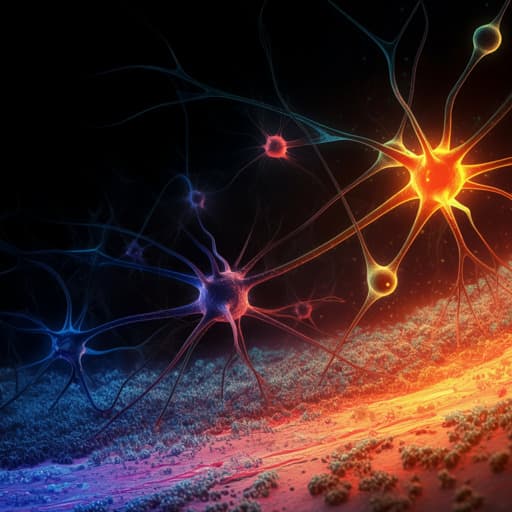
Medicine and Health
The Neuroprotective Effects and Therapeutic Potential of the Chalcone Cardamonin for Alzheimer's Disease
L. Hritcu, K. Barber, et al.
Unravel the potential of Cardamonin, a phytochemical with remarkable antioxidant and anti-inflammatory effects, in combating Alzheimer's disease. Conducted by a team of researchers from Florida A&M University, this review highlights Cardamonin's ability to influence critical signaling molecules and its promising role in neuroprotection.
~3 min • Beginner • English
Related Publications
Explore these studies to deepen your understanding of the subject.







